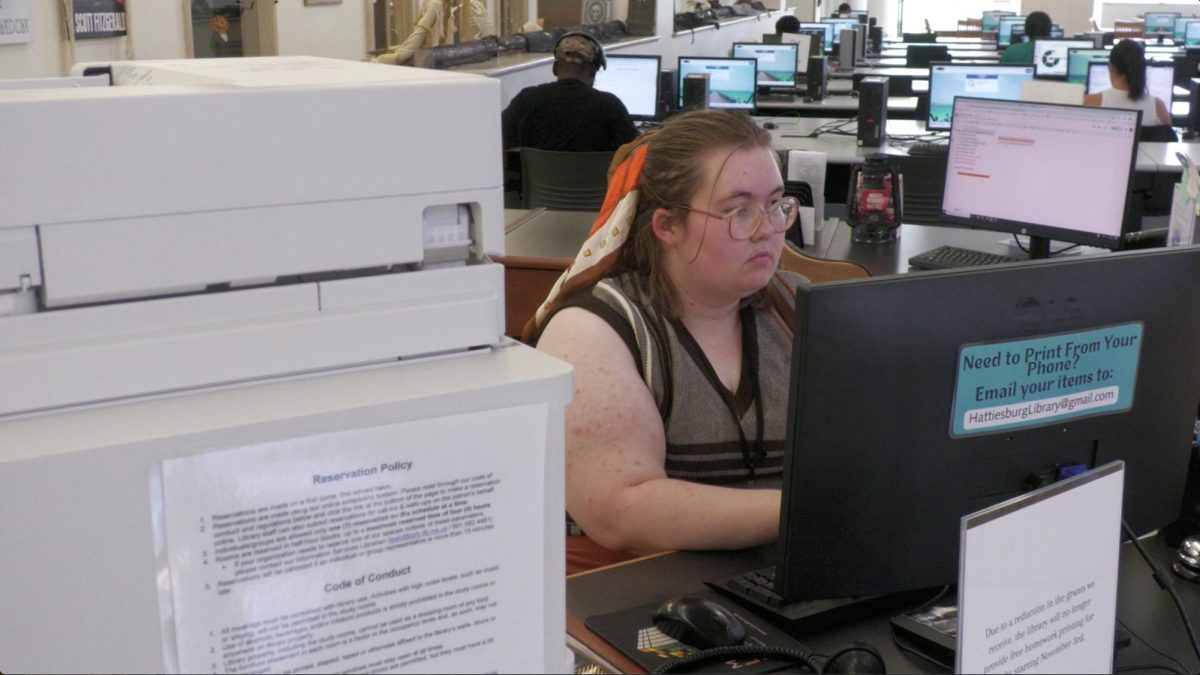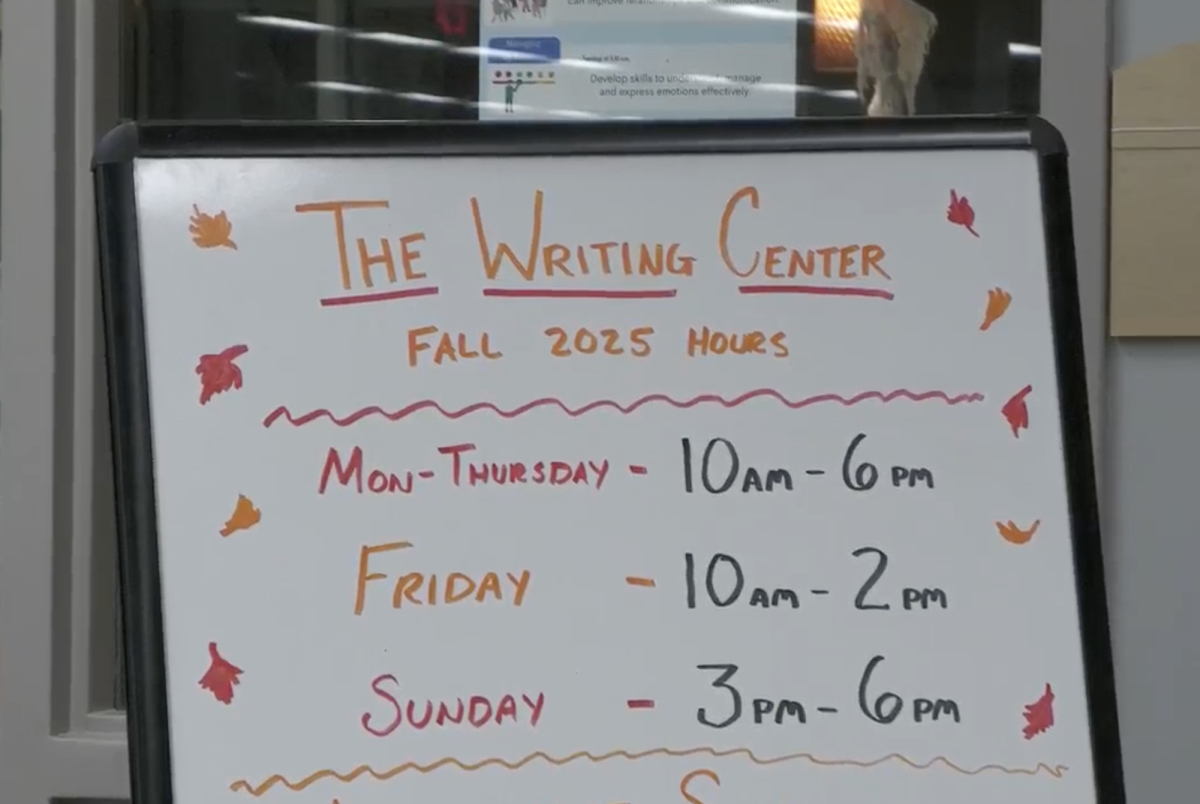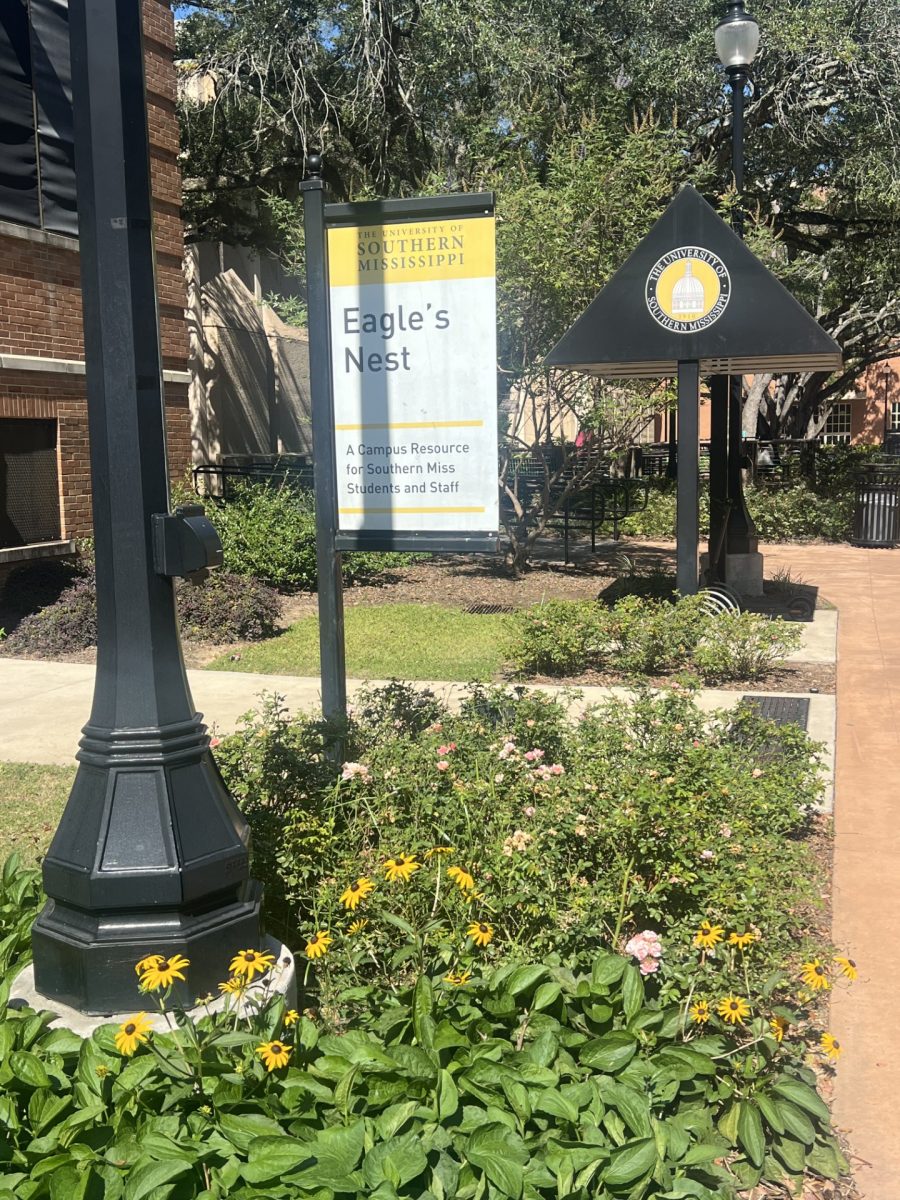With many students still wondering about the upcoming effect of the budget cuts, the deans of each college have been working to create budget proposals, discuss the effects and look anxiously to the future.
David Hayhurst, dean of the College of Science and Technology, has experienced these types of cuts firsthand while serving as the dean of the College of Engineering at San Diego State University during the 2008 California financial crisis.
According to the California Department of Finance, the state of California experienced a deficit of $24.3 billion during the 2008-09 fiscal year, which resulted in extreme cuts in higher education.
Hayhurst said SDSU took great pains to protect the university while still reducing costs.
“Our university was a leader in trying to think through how to do (the budget cuts) in a fashion that would have the least detrimental effect in the long run on the university,” he said.
He said there were three main objectives SDSU wanted to preserve: to have classes for students when they needed them, to avoid delaying time for graduation and to retain all tenure and tenure-track faculty. Southern Miss will face these issues in the upcoming budget cuts.
SDSU subsequently raised tuition costs to cover for lower state appropriations; however, there was still a loss of over 100 faculty during those difficult years.
Hayhurst explained that some of the ways SDSU dealt with a lower number of faculty was to combine sections. Instead of a class of 40 and a class of 50, there would be one class of 100 students. This involved finding larger classrooms to accommodate larger amounts of students as well as educating professors in the pedagogy of teaching large sections.
“If you’re in a class of 500, how do we know you are achieving the right learning outcome?” Hayhurst said. “Recitations led by graduate students became part of the mix (as well as) spending resources on training faculty on teaching much larger classes.”
However, while SDSU was able to raise tuition to make up for lost state appropriations, state law requires that even though state money is lowering over time, the school cannot make up the money by raising tuition. Therefore, Southern Miss is facing a decrease in tuition revenue, which could result in loss of faculty, shrinking of programs and less classes offered.
Michael Forster, dean of the College of Health, expressed his worry over several of the departments under his care. “The effect of the cuts is cumulative,” he said. “We’ve had three prior years of cuts.”
He explained that in the past, he was able to use a variety of funds due to grants and reserves that helped keep the deficits at pay. However, with these funds depleted and the budget lowering, Forster worries about the future of the programs of the College of Health.
“What makes this different is that we are already tapped out. There is no surplus to cut 4.5 percent without doing dramatic things,” he said.
Since the College of Health has so many accredited programs, such as the School of Social Work and Department of Nutrition and Food Systems, there are many specified credentials that each department must meet to
retain accreditation.
Forster used the speech pathology program as an example of the specific needs of each program.
“I can’t use an audiology professor in a speech pathology class, even if they have a doctorate. On the other hand, I can’t use a professor of deaf education in audiology,” he said.
He said for many deans, there is a “wait-and-see” attitude that is currently happening. However, many heads of departments are getting ready to make tough decisions if their proposals are approved.
“If you had to lose one or two, what would be the impact?” Forster said of the thought process. “What kinds of adjustments can be made and what will make the roof cave in on us?”
Hayhurst emphasized that while the heads of departments and deans are on the front lines of the budget cuts, students have to be the most influential recruiters that a university can have.
“We are in a difficult place with budget cuts, but there are some very straightforward steps that we can all take that will resolve the problem in a pretty short fashion,” he said. “If our enrollment is up next fall, these problems will go away.”



























